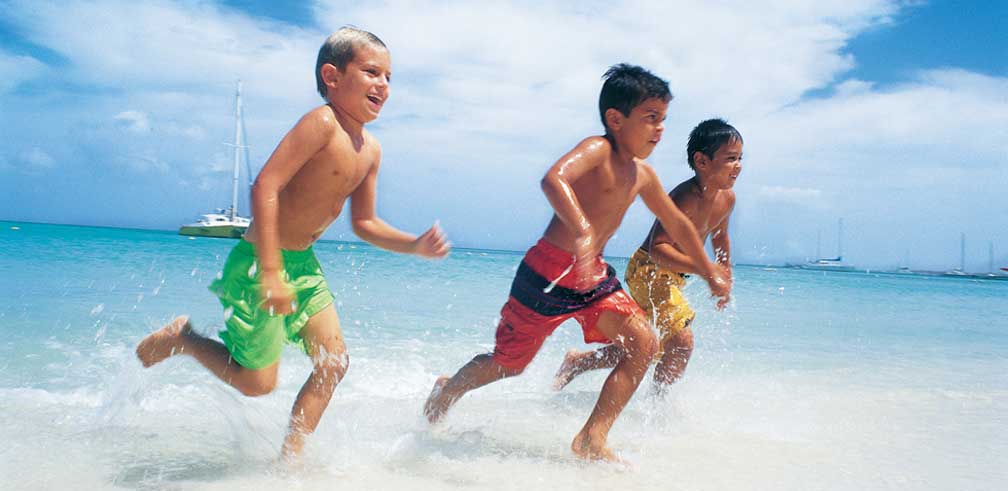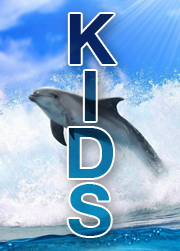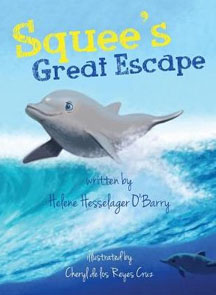KIDS
This section of our website is just for kids and teachers. Have any of you ever been to a park where they have dolphins and whales? I'm sure most of you have and that's okay because you didn't know.
Are you a teacher?
Click here for some great Study Guides from Dolphin Project!
Check this out!
Click here for an awesome visual of the depths that ocean dwellers will go!
Do you want to help animals when you grow up?
Click here and ask your parents to help you. You can learn all you need to know about a career in helping animals!Today we are going to teach you a few things you need to know about dolphins and whales living in captivity.
They live in a close family group.
Dolphins stay with their families in the wild. In captivity that doesn't happen, they are taken from their family in the wild and put into the theme park where they are forced to do tricks for food.
They breathe air just like we do.
Babies are called "Calves" As soon as the calf is born, the mother must quickly take it to the surface so it can take its first breath. The calf will nurse from 11 months to 2 years, and after it is done nursing it will still stay with its mother until it is between 3 and 8 years old. This doesn't happen in captivity, if a baby is born in captivity the baby doesn't get to stay with his/her mother or family, they are shipped off to another park to make money.
How do they find their food?
Dolphins use echolocation to navigate and hunt, bouncing high-pitched sounds off of objects, and listening for the echoes. In the captive marine park, the dolphins and whales can't do that because the sounds are bouncing off the sides of the pool they are trapped in. In captivity dolphins and whales are fed frozen fish with medicine in them and are generally hungry all the time as there is nothing for them to hunt. They are kept hungry, so when it's time to perform they will do the tricks. Ask your friends to see them in the wild or choose a better option that doesn't harm animals.
How long do dolphins and whales live?
Most dolphins live long lives. The Bottlenose dolphin can live over 40 years, and the Orca can live to be 70 or 80 in the wild. There was an Orca in the wild named Granny who was estimated to be 104 years old, she lived with and was the matriarch of her family until the end.
Sadly those in captivity don't usually live that long due to stress and diseases and other factors around captivity. Dolphins and whales feel pain, stress and anxiety just like we do. Being held in a swimming sized pool causes a lot of stress for these mammals. Scientists have shown that captive dolphins and whales have severe stress and often bite on the side of the pools ingesting sand and other things that fall into the pools. They are also given multiple pills on a daily basis to fight infections and to keep them in a willing to please state of mind.
Why are dolphins and whales held captive?
The main reason people keep dolphins and whales in captivity is to make money. The money your family and friends spend on tickets to the dolphinarium or marine park is why they are still held captive today. Many people do not realize how cruel this is because the dolphin always looks like it's smiling. Every year in Taiji, Japan, dolphin families (pods) are forced into the cove by boats chasing them. Then they are either selected for captivity (to go to one of the marine parks), killed to be eaten and some after seeing family members be killed in front of them are forced back out to sea (some babies without their mothers). This happens from September to March every year. Please don't support the dolphin and whale parks, tell your friends, family and school mates.
Some awesome facts about dolphins & whales!
Whales and dolphins are mammals, therefore their anatomy is different from fish. They do have fish-like features, because they live in the same habitat. But, unlike fish, they have lungs and breathe oxygen from the air, not water.
They have bones for five "fingers" inside their flippers, and they also have much larger brains.
Both whales and dolphins do have some of the largest brains in all animals. Whale songs (very complicated), the language of clicks and whistles dolphins make along with their complex social systems prove they are more than just a fish.
Atlantic bottlenose dolphins have approximately 80 to 100 cone-shaped teeth! They are born with one set of teeth they have for their whole lives. If one falls out, it is never replaced.
Dolphins, porpoises, and whales are called cetaceans. A cetacean is a creature belonging to a group of water
living mammals that have no hind limbs and a blowhole for breathing. They are not fish!
Check out these awesome facts about our oceans!

DIVE.in
Please watch and share with friends!
Message from some great kids!
From the Bodensee Dolphin Kids who have an important message to share with you all.
Doolin's Story ~
5 Fun places to go besides Seaworld or a Dolphinarium!
Try something new, you'll be glad to did!
#1 Go whale-watching!
If you're yearning to witness these majestic cetaceans in person, there are great options for responsible whale-watching. Whale Sense is an organization that works with different whale-watching tours to ensure that they're responsible and ethical. This way, you can enjoy the majesty of whales and orcas without promoting captivity, and get a sense of their true behavior in the wild.
#2 Stay at an animal sanctuary.
Visiting wildlife and farm sanctuaries can be a fun way to encounter rescue animals up close. Most sanctuaries provide guided tours that allow you to interact with the animals, and a few locations, such as Woodstock Farm Animal Sanctuary, even have lodging so that you can make a weekend out of your visit.
#3 Volunteer at adoption shelters.
Adoption shelters are always looking for volunteers, and socializing these animals is a good way to not only brighten their day, but also provide them with some much-needed exercise. Petfinder has a search engine to look up shelters in your area.
#4 Tour a wildlife rehab center.
Wildlife rehabilitation centers often focus on hands-on education, so they're excellent places to take kids who are fascinated with animals and wildlife. You can visit the National Wildlife Rehabilitators Association web site to find a center near you.
#5 Go on a nature hike.
A simple outing to a nearby national park can provide your family with some adventure and wildlife. Check your local parks department's web site for safety information and nearby options, as well as details on local flora and fauna. You can also look at the National Parks Service web site for recommendations based on your area and the sort of wildlife you'd like to see.
(Source: TheDodo.com)
Maybe you're thinking what can I do?
You can start by telling friends and family that captivity is wrong. Dolphins and whales belong in their home, the ocean.
Maybe do a demonstration at school, ask your teacher if you could watch a short video with your class mates about captivity, you can come right to the site here and pull it up. We will be posting more videos as time goes on, so check back often.
Maybe start a beach clean up in your area, ask friends, moms and dads to get involved and spend an hour or two on the beach picking up trash and learning about what makes the ocean so special and why it is so important to protect it.
Check out this great book about Tilikum ~ By Tracey Lynn Coryell
This beautifully illustrated book is accompanied by a musical soundtrack written and performed by Tracey Lynn Coryell on vocals and her husband, legendary jazz guitarist, Larry Coryell, on guitar. The track can be played instantly on any smartphone by using a barcode scanner or downloading the STKR.IT app. Just scan the QR code and enjoy! You can also download and play the soundtrack by going to stkrit.com and entering the code below the QR code in the book.
Proceeds from the sale of Tilikum's Dream support the activities of Blue Freedom.
For more information about the Free Tilly Campaign and Blue Freedom, visit www.bluefreedom.org.
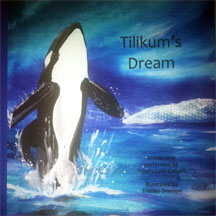
Did You Know?
To prevent drowning while sleeping only half of the dolphin’s brain goes to sleep while the other half remains awake so they can continue to breathe! (Source: www.defenders.org)
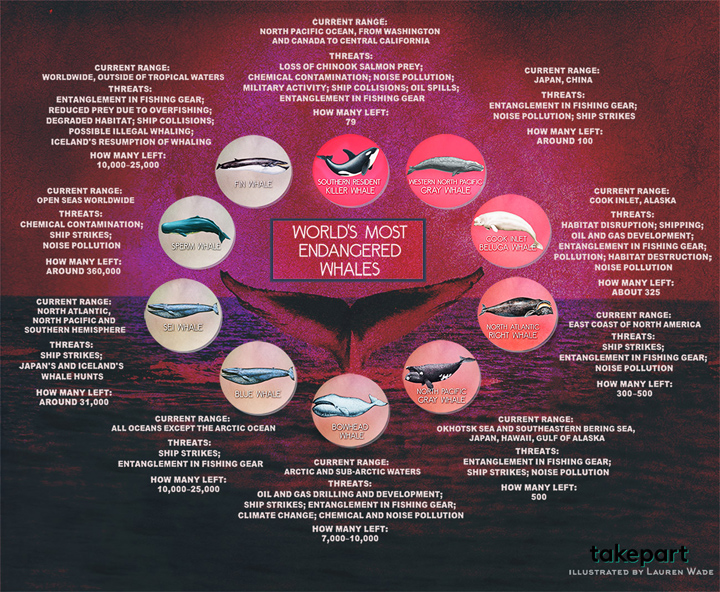
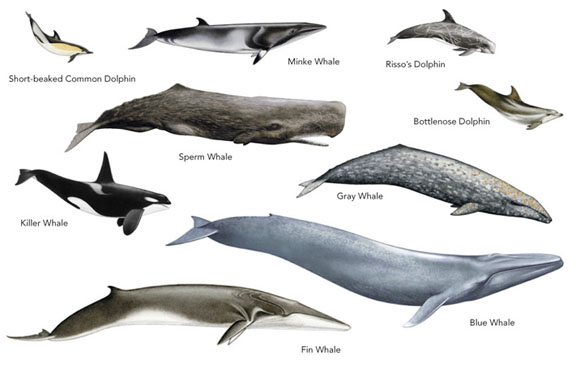
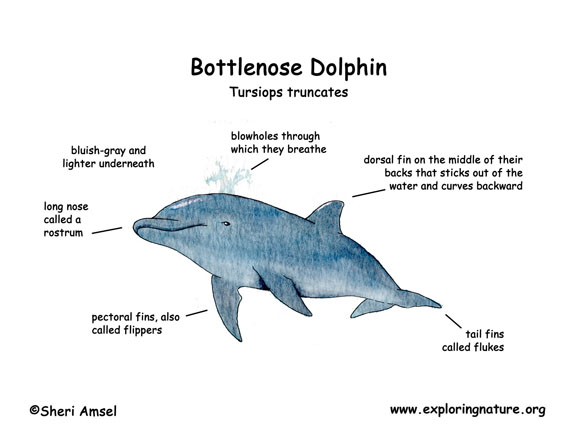
Never feed wild dolphins, whales, manatees, or other marine mammals. The food you feed them could be harmful to them. It is also against the law. Help protect all sea life as it is the heart of our living planet. Thanks for visiting our Kids Section, come back often for updates, new videos and awesome information, you need to know to help us end captivity!